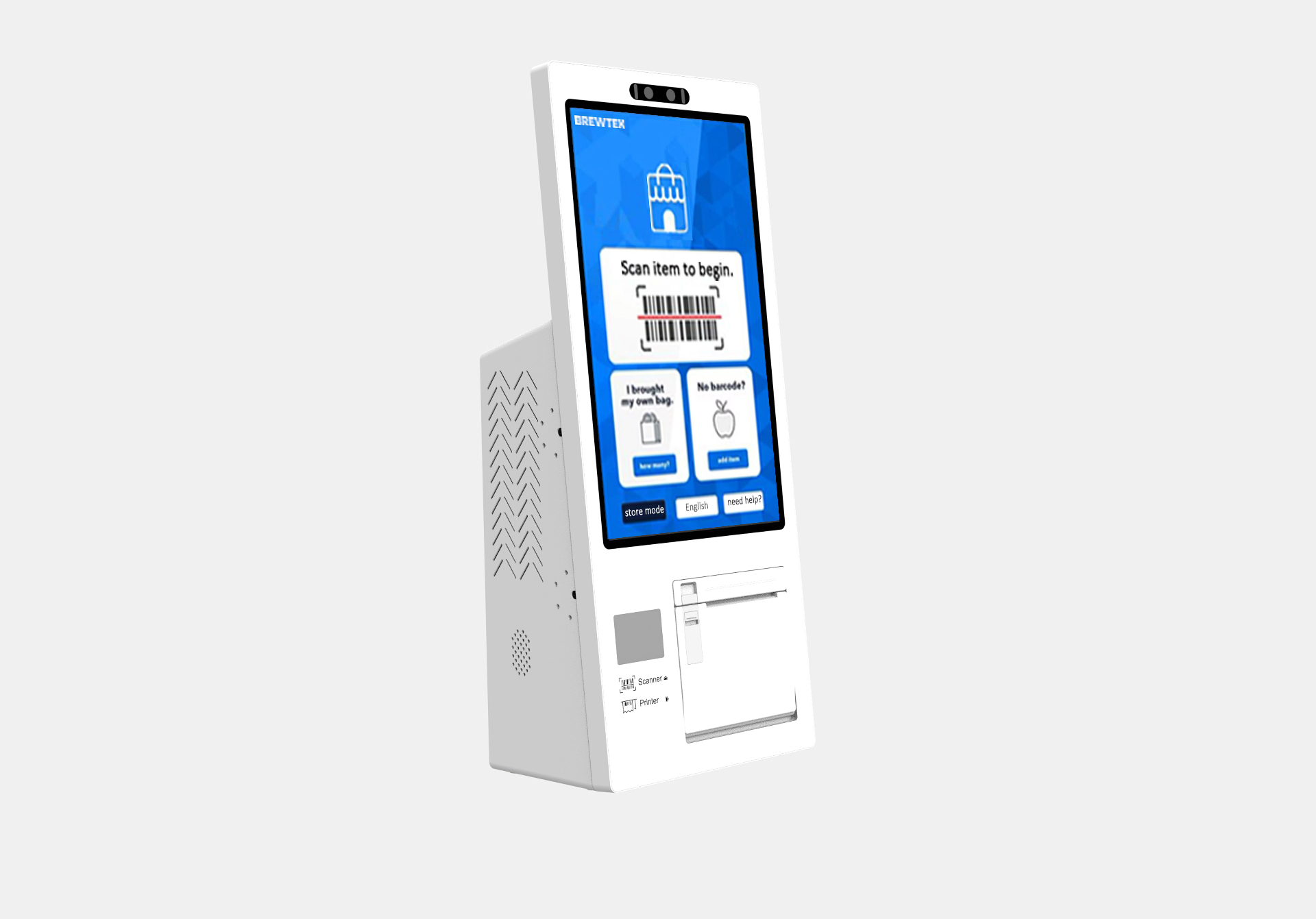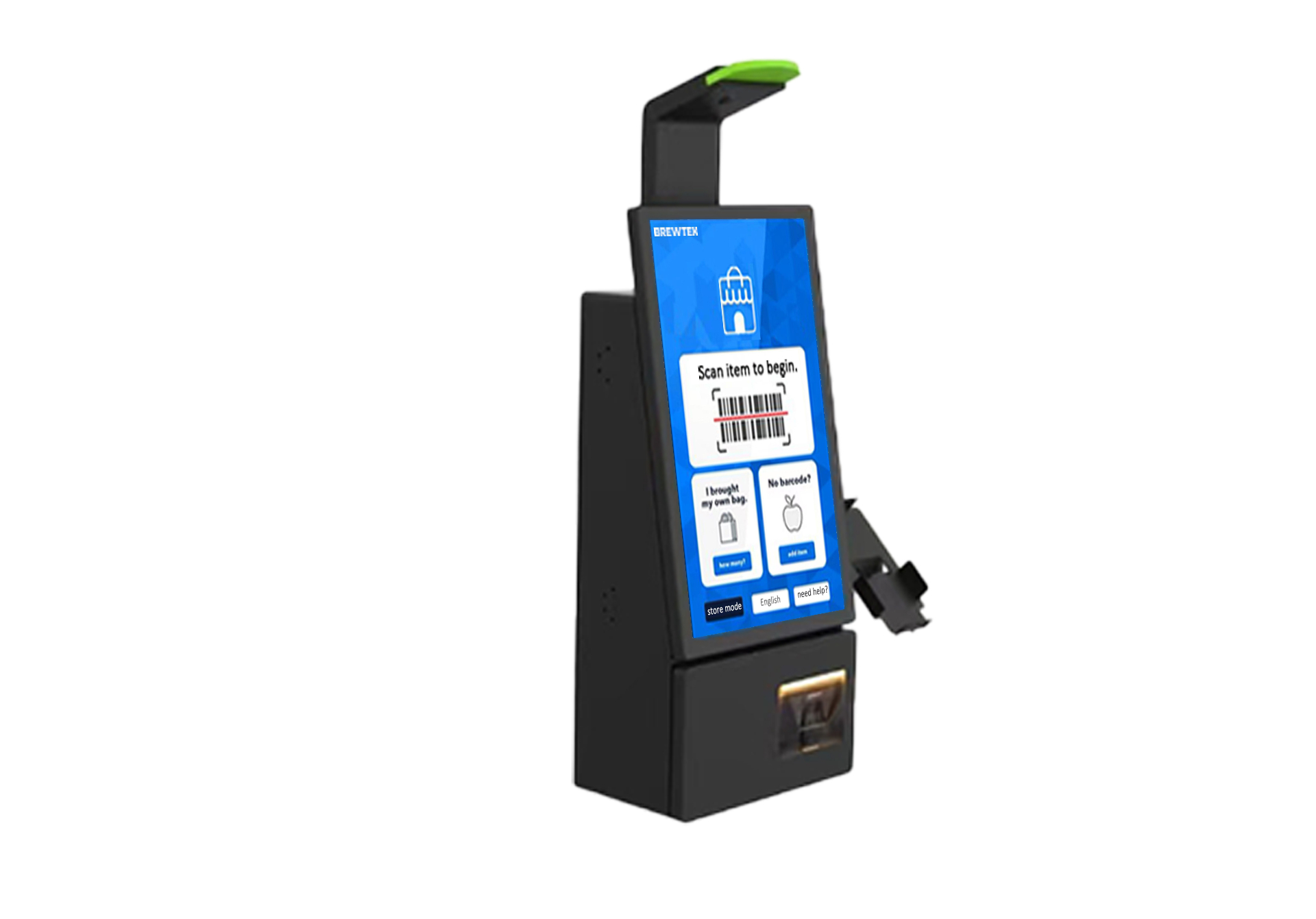
Let's cut through the noise. With all the headlines about retailers pulling self-checkout systems and customer complaints, you might think these machines are retail's biggest mistake. But here's what the numbers actually tell us: the self-checkout market is exploding, growing from $4.51 billion in 2022 to a projected $12.01 billion by 2029. That's a 15% annual growth rate that screams success, not failure.
So what gives? Are self-checkout systems actually bad, or is there more to the story? After looking at real data from 205,000+ new installations worldwide, the answer is surprisingly nuanced, and pretty encouraging for smart business owners.
Here's a reality check that might surprise you: 85% of customers prefer self-checkout technology when they shop. That's not a small majority, that's an overwhelming preference that spans demographics and shopping habits.
But why? The biggest reason is speed. About 77% of shoppers choose self-checkout specifically because it's faster than waiting in traditional checkout lines. And they're right, these systems can reduce checkout times by up to 50% while handling 50% more transactions than staffed lanes.
Among younger consumers, the preference is even stronger. Over 50% of Millennials and Gen Z shoppers actively choose self-checkout when buying groceries. For these digital natives, operating a touchscreen kiosk feels more natural than standing in line.

The scale of adoption is staggering. Among grocery retailers, 96% have deployed fixed self-checkout systems. In non-grocery retail, that number is 77%, still a massive majority. In North America alone, 30% of retailers are planning major self-checkout upgrades within the next two years, adding to the 24% who already have cutting-edge systems.
This isn't about following trends. Retailers are investing billions because the math works. When implemented correctly, self-checkout systems deliver measurable ROI through improved customer throughput, reduced labor costs during slow periods, and better resource allocation.
The psychological factor matters too. Customers increasingly expect to control their own shopping experience. The choice between operating a self-service machine or waiting in potentially long lines with overworked staff isn't really a choice at all for most shoppers.
So why all the negative headlines? The challenges are real, but they're not fatal flaws, they're implementation issues that smart retailers are learning to solve.
Theft and Shrinkage Concerns
The biggest worry is loss prevention. Self-checkout systems account for about 23% of total unknown store losses, and two-thirds of retailers say this problem is getting worse. But here's the key: stores with higher theft rates often have poor system design, inadequate staffing, or outdated loss prevention technology.
Customer Experience Friction
Many shoppers get frustrated with self-checkout because of frequent interruptions for age-restricted items, scanner malfunctions, or confusing interfaces. These problems are solvable with better hardware, smarter software, and proper staff support.
The Human Element
About 62% of US consumers worry that self-checkout eliminates jobs, while 40% simply prefer talking to a person. This is valid feedback that successful retailers are addressing by using self-checkout to augment, not replace, their workforce.

Not every business should rush into self-checkout, but certain types of retailers see massive benefits:
High-Volume Retailers Stores with consistent traffic throughout the day can use self-checkout to handle peak periods without hiring additional staff. The efficiency gains compound over time.
Quick-Service Environments Convenience stores, pharmacies, and small grocery stores where customers typically buy fewer items see the biggest customer satisfaction improvements.
Tech-Savvy Markets Urban areas and locations with younger demographics adopt self-checkout faster and experience fewer customer complaints.
Labor-Challenged Markets Areas struggling with staffing shortages can use self-checkout to maintain service levels without compromising customer experience.
The retailers succeeding with self-checkout aren't just throwing machines at the problem, they're being strategic. Here's what works:
Hybrid Approach Keep traditional checkout lanes alongside self-service options. Sainsbury's has achieved great results by giving customers choice rather than forcing self-checkout adoption.
Appropriate Limits Target implemented a 10-item limit at self-checkout to reduce bottlenecks and ensure customers with large purchases get proper assistance.
Adequate Support Successful stores maintain enough staff to help with technical issues and provide personal service when customers prefer it.
Modern Technology Investing in updated systems with better interfaces, faster scanners, and integrated loss prevention features dramatically improves both customer experience and security.

Yes, some big names are scaling back self-checkout. Dollar General is removing systems from 300 stores with high theft rates. Walmart eliminated self-checkout from some locations. The UK chain Booths removed most of their systems after deciding their customers valued face-to-face interaction.
But here's the important context: these are tactical adjustments, not wholesale rejections of the technology. Dollar General is targeting specific problem locations. Walmart's changes affect a tiny percentage of their stores. Booths kept self-checkout in high-traffic tourist locations where it works well.
These moves actually validate the importance of smart implementation. The technology works when it's deployed thoughtfully with proper support systems.
For small and mid-sized businesses, the question isn't whether self-checkout is bad: it's whether you can implement it well. The massive ongoing investment in new and upgraded systems shows that retailers believe the challenges are solvable, not fundamental flaws.
The key is understanding your specific situation:
If you answered yes to most of these questions, self-checkout could significantly improve your customer experience and operational efficiency.
The 205,000+ new self-checkout installations tell a clear story: when implemented thoughtfully, these systems deliver real value for both retailers and customers. The technology isn't perfect, but it's rapidly improving, and early adopters are positioning themselves for long-term success.
At BK Touch, we've seen firsthand how the right self-checkout solution can transform small and medium-sized businesses. Our systems are designed specifically for SMBs who want the benefits of self-service without the complexity and cost of enterprise-level installations.
The revolution isn't coming: it's already here. The question is whether you'll be part of it or watching from the sidelines as your competitors pull ahead.